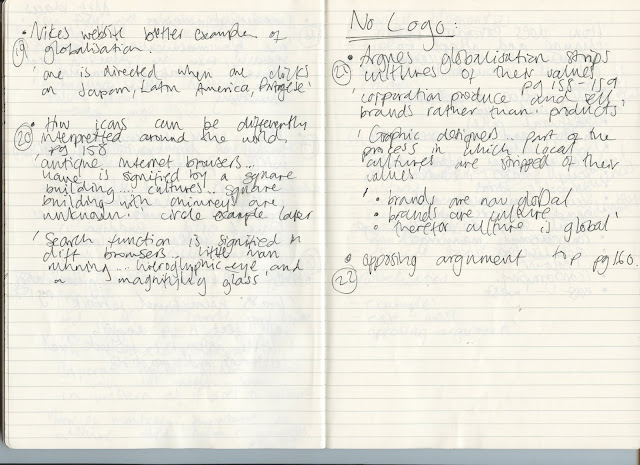Mc Donalds
With more than 32,000 restaurants in 118 countries, a notorious brand
that considers cultural values and has successfully globalized is McDonalds.
This huge franchise has done it better than any other. When people think of
McDonalds they envisage the same restaurant in every country all over the globe.
McDonalds have done incredibly well, keeping such a strong stable brand, with a
staple look and yet have adapted to fit in with different cultures. (Jane Pavitt) writes ‘McDonalds
nurture their relationship with locality… in order to become neutralised’. Although
they don’t alter a huge amount of their branding, they cater for local
cultures. There Local variations in the menu get changed and advertising
altered to fit in with a culture. During the year of the monkey in Singapore
McDonalds, they advertised four monkeys. These symbolised luck, fortune,
longevity, and happiness. This is also an example of selling a sense of roots.
It’s a great example of how the franchise adapts to fit in more with local
tradition to ensure inclusion within the culture. McDonald’s colour scheme is
something which also been adapted in recent years, changing European stores
backdrop from the classic red to a new hunter green. This suggests McDonalds
have clearly thought about the cultural connotations of their colour scheme. In
Asia red symbolises luck, courage and respect, this isn’t the same in Europe
where it represents danger and anger. This decision to change to a more
neutral, friendly green for their European stores was no mistake.
Ikea
Founded in 1943 by Ingvar Kamprad, Ikea has become a globally recognisable brand, with stores all over the world, from Japan to Croatia. In part, this success can be credited to the company’s universally appealing brand attributes of low price, sustainability and function. Using a bright bold blue and yellow colour scheme Ikeas branding is strong and memorable.
Starbucks
With around 20,000 stores in 63 countries the world’s most popular coffee shop has made its mark from Brazil to China. Starbucks has changed with trends, changing its logo many times over the years. Now having globalised the world market, they are rbanching out into new ventures and other products apart from coffee.










